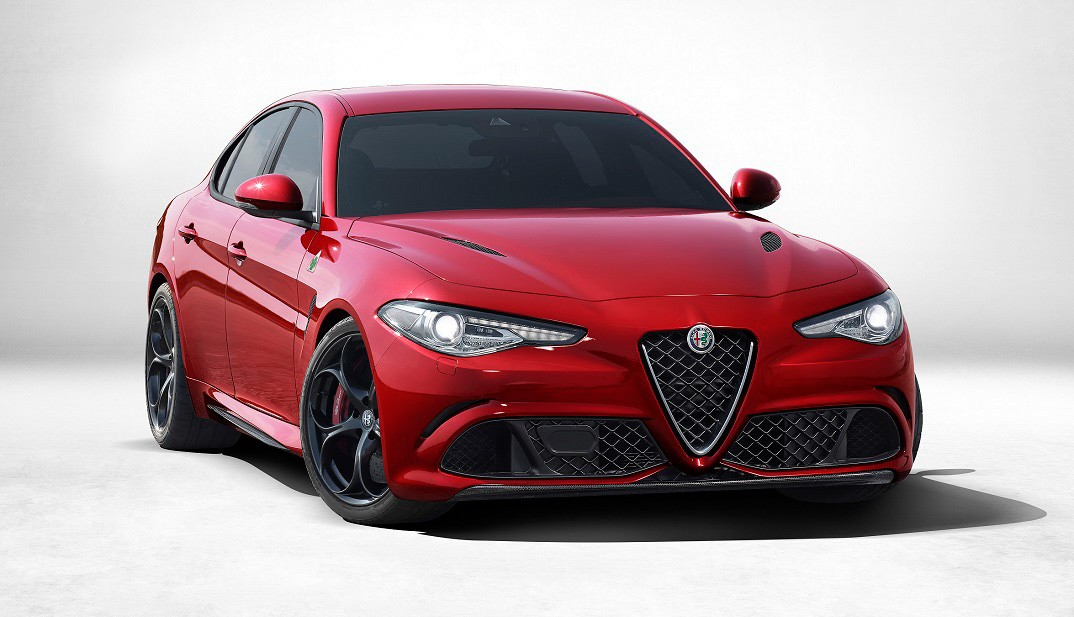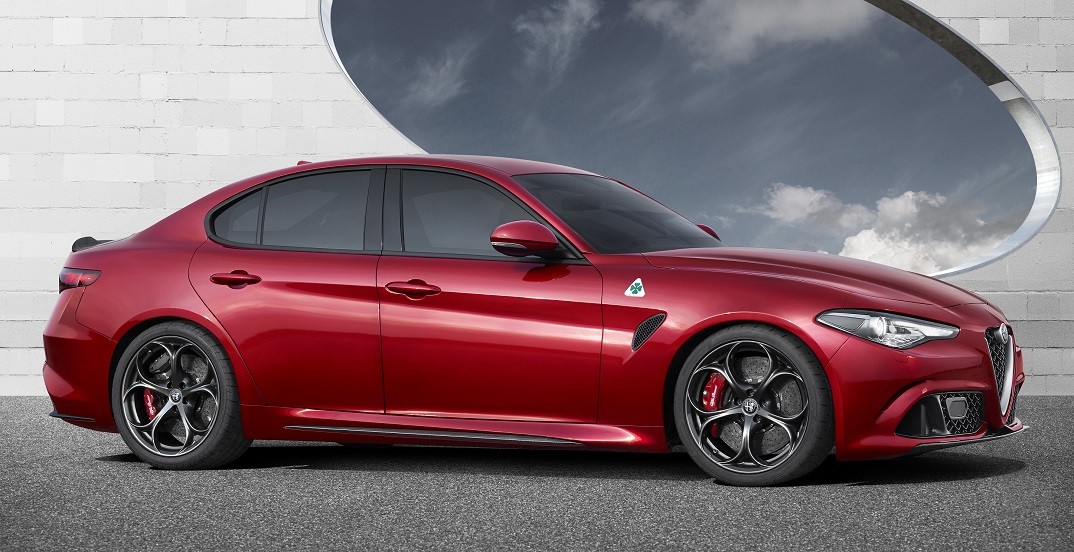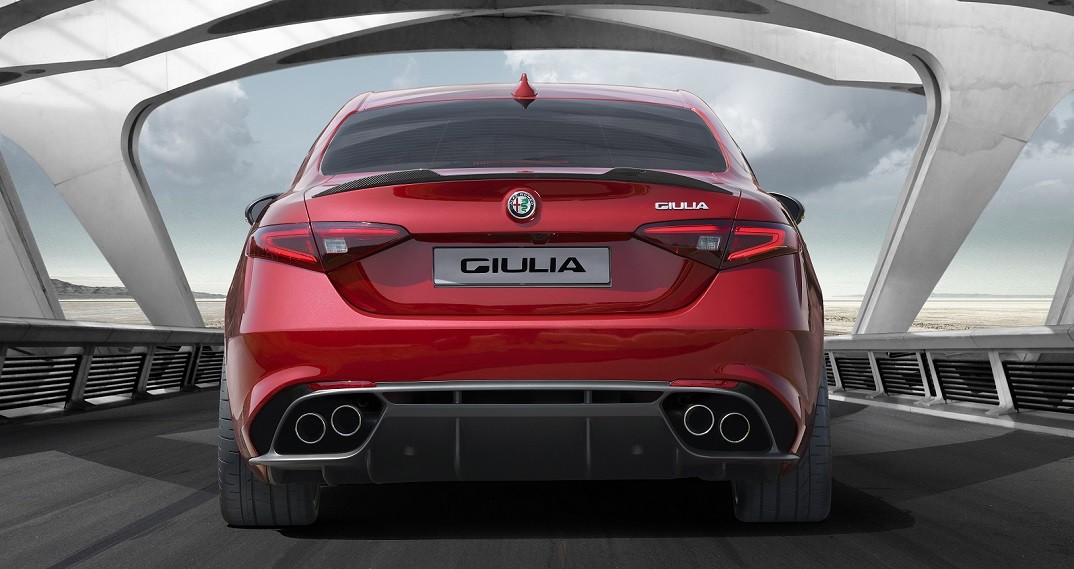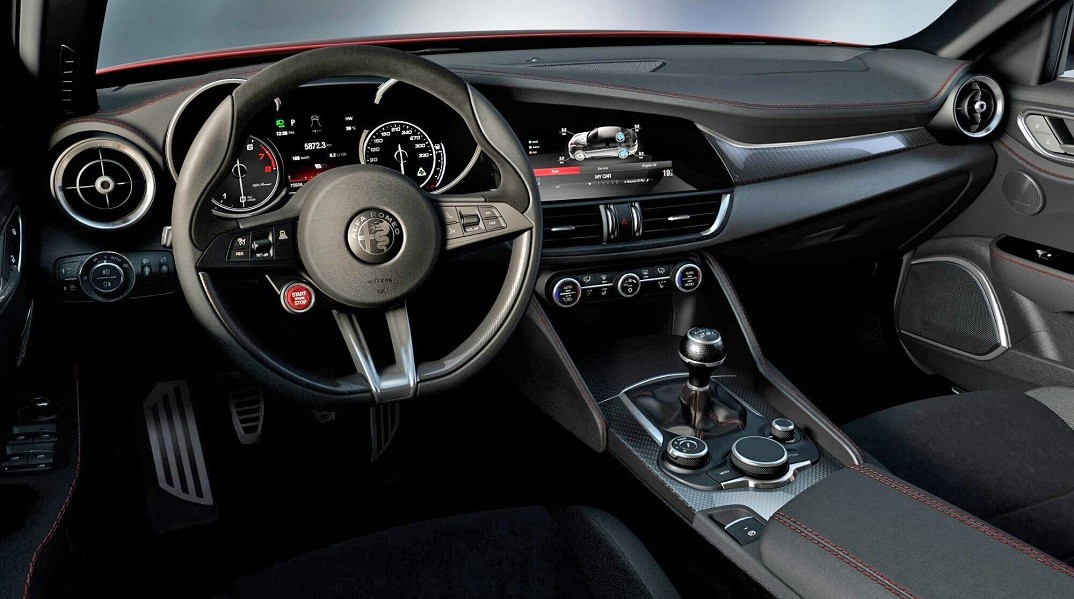Confession time. When it comes to Alfa Romeo, you could say I’ve been there, done that, bought the T-shirt. In fact, I still have the umbrella and key chain. But like so many Alfisti, Alfa Romeo has offered its devotees little to cling on to in the last decade (sorry, specials like the 8C and 4C don’t count).
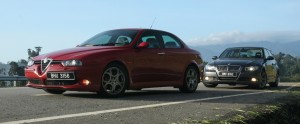
The 156, and subsequently the 159, were gorgeous-looking saloons, but you’d have to be in a state of utter denial to think that they could out-drive the competition. I still remember pitting the Alfa 156 GTA against the BMW 330i (E90) in some fine trunk roads between Simpang Pulai and Cameron Highlands in 2008…let’s just say we were all relieved that the GTA only swapped ends once during that morning, and left us some brakes for the journey home. For sure, the GTA evoked emotions, but it was fear of falling off the road.
The heritage card again (yawn)
 As my eyes scan through the press release of the all-new Giulia, it would appear not a lot has changed at Alfa Romeo, at least in terms of how they communicate their products, even if the iconic badge now has a new look. It’s cringeworthy to see words like “heritage”, “105 years”, “DNA” and “legendary” being passed around like free Gelato. Yes, they used to win Formula 1 championships, but that was in the 1950s. Unless the Giulia is targeted at geriatrics (unlikely), it’s futile to hark back to the days current buyers can’t remotely relate to. And of course, the Giulia – named after their 105-series sporty four-door sedan of the 60s and 70s – had to be revealed to the international press in a museum.
As my eyes scan through the press release of the all-new Giulia, it would appear not a lot has changed at Alfa Romeo, at least in terms of how they communicate their products, even if the iconic badge now has a new look. It’s cringeworthy to see words like “heritage”, “105 years”, “DNA” and “legendary” being passed around like free Gelato. Yes, they used to win Formula 1 championships, but that was in the 1950s. Unless the Giulia is targeted at geriatrics (unlikely), it’s futile to hark back to the days current buyers can’t remotely relate to. And of course, the Giulia – named after their 105-series sporty four-door sedan of the 60s and 70s – had to be revealed to the international press in a museum.
Give us a reason, please
So here’s the score. The Giulia is rear-wheel driven (AWD is available too) and it has a 50:50 weight distribution. The meanest one – the Quadrifoglio Verde or QV in short (translation: green cloverleaf) – is powered by a 510hp twin-turbo 3.0L V6 said to be “inspired by Ferrari”, which means it takes only 3.9 seconds for the 0-100km/h dash (the M3 has 431hp, takes 4.1 seconds)! Clearly, this performance flagship is going to take some beating, at least in a straight line. For the corners, it has a front double-wishbone and rear multi-link set up (the 156 had that too), with torque vectoring for the rear axle. The extensive use of aluminium helps keep kerb weight down too.
While the mechanicals look highly promising on paper, the body appears less so in pictures, ironically. Cover the triangular grille with your thumb and tell me if it doesn’t bear a passing resemblance to the Toyota 86, and as for the back…it could easily be mistaken for an Audi A3 sedan, or even a Kia Cerato, which is not necessarily a bad thing, but you do get the feeling that the Giulia is missing some flair and audacity one would expect from Alfa Romeo. Having said that, if the Giulia delivers on the performance and driving fronts, all could be forgiven. So, give us a reason.
